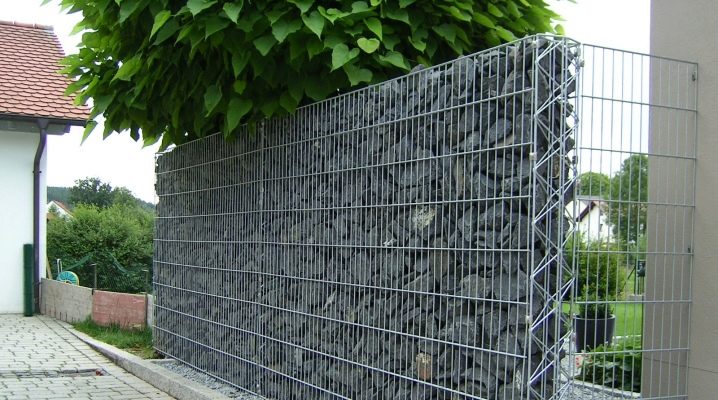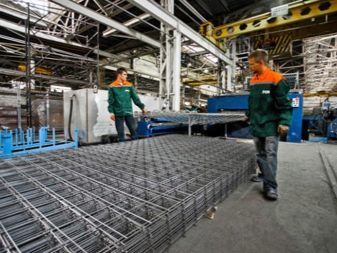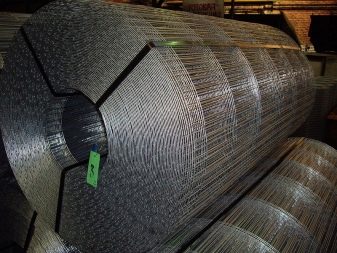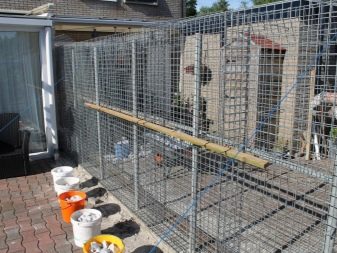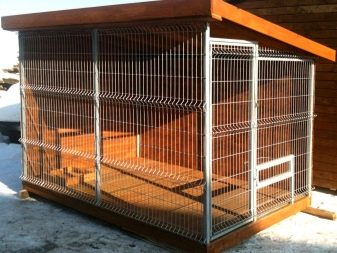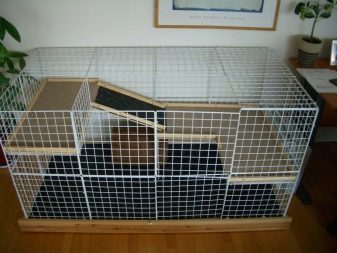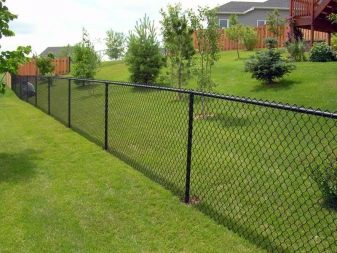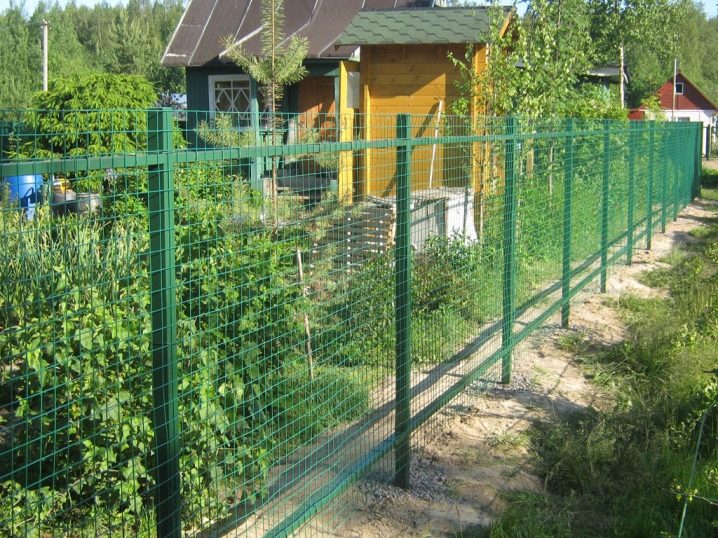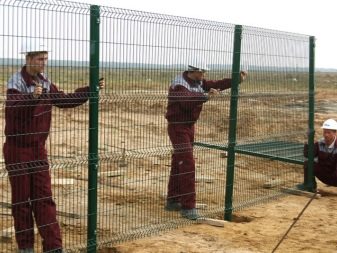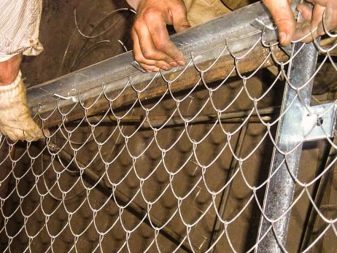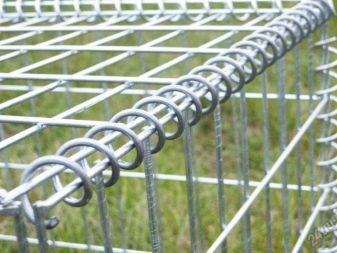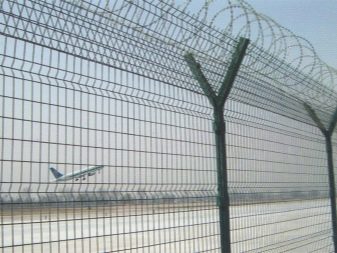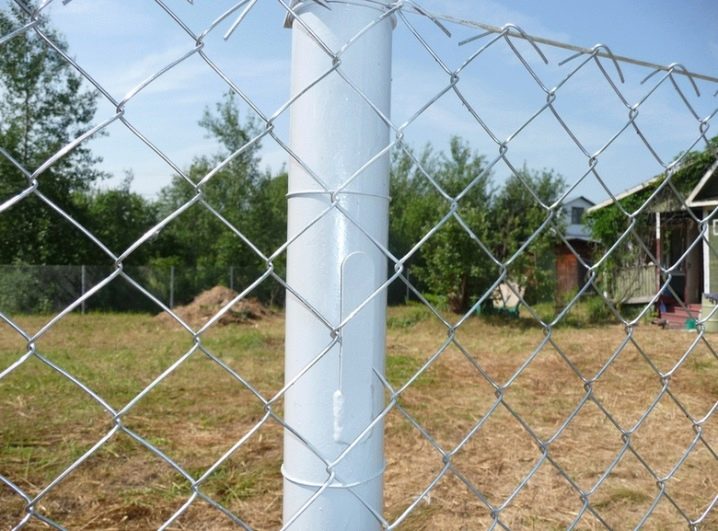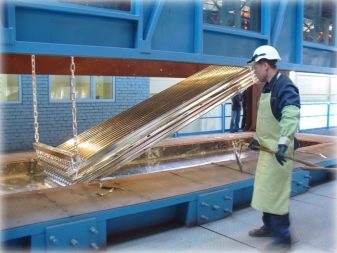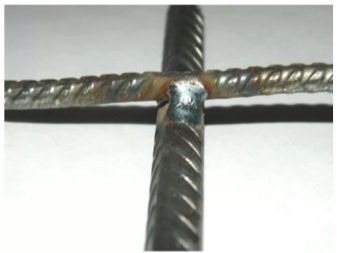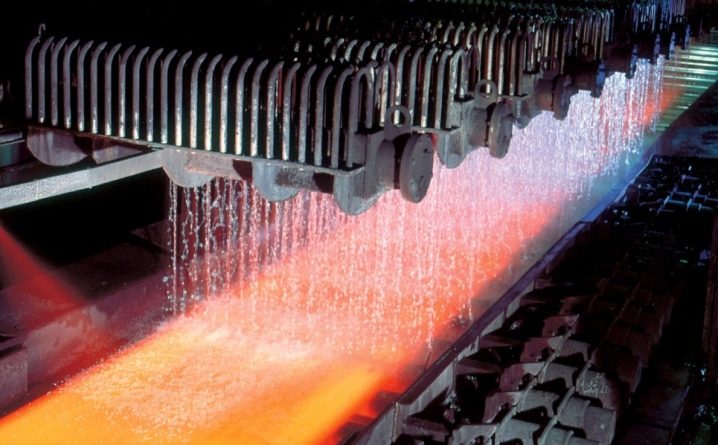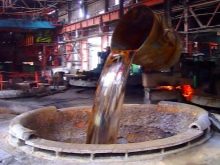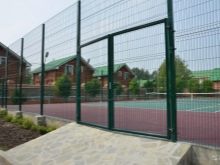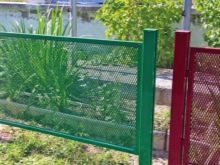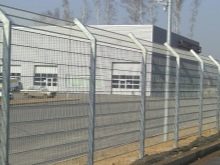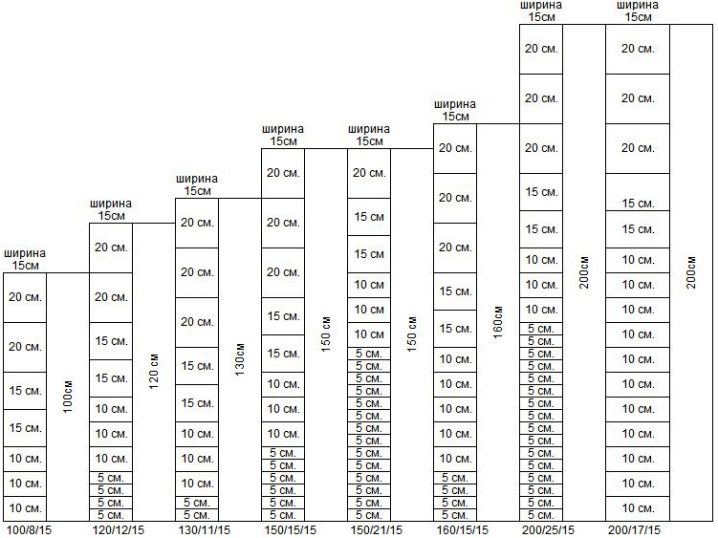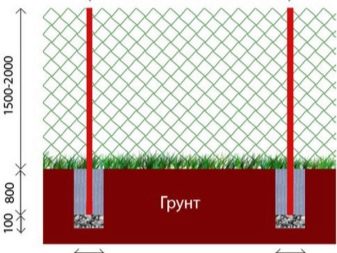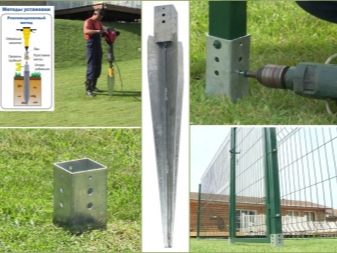Welded galvanized mesh for the fence: the subtleties of choice
The modern market offers a wide range of materials for the construction of various kinds of fences. One of the most popular is metal welded galvanized mesh. This simple material is popular due to a number of its features and advantages. About them and tell in our article.
Special features
The metal mesh of this type is made of smooth or corrugated wire stretched out of low carbon steel. In the production process, perpendicularly arranged wire rods are welded at the joints using spot welding.
Similar material is used for installation of protective structures:
- on country and personal plots;
- cells and aviaries;
- construction sites.
The main feature of the metal mesh is that it freely lets the sun rays through without shading the space. At the same time it is quite flexible, which allows it to take on various forms. In addition, it does not require the construction of massive foundations, which significantly reduces the cost of installing fences.
Advantages and disadvantages
The use of welded galvanized mesh for the fence has several advantages. The main ones are:
- Easy installation. At the same time for the installation does not require any special equipment - rather ordinary tools that are available in every household. To cope with the installation is quite capable of any owner.
- The possibility of building a low fence (up to 50 cm).
- Construction of fences of various shapes and configurations.
- Aesthetics. Mesh fencing and in itself has a neat appearance, and does not violate the surrounding landscape.
- Security. On the fence there are no sharp corners and protrusions that can lead to injuries.
In addition, the galvanized welded mesh has the following characteristics:
- Strength.
- No sagging. Even with prolonged use, such a fence will not lose its shape and will not bend under its own weight.
- Resistance to temperature extremes and precipitation.Thanks to the zinc coating, the steel wire is reliably protected from moisture, wind and other phenomena that can contribute to the destruction of the metal.
All this makes the metal welded construction sufficiently durable and reliable. In addition, the grid belongs to the most budget options of fencing.
As for the disadvantages of this type of fencing, the same openness applies to them - the mesh fence is not able to hide the internal space from outside views.
Manufacturing technology
Galvanized welded mesh can be manufactured using various technologies:
- Wire rods are welded together, and then the whole structure is covered with a protective zinc layer.
- Initially, the wire is galvanized, and only after that it is assembled into a grid.
In the second case, zinc more evenly covers the metal at the lowest cost. However, in the first embodiment, the coating reliably protects not only the material itself, but also the welding sites, which are most susceptible to corrosion.
Also galvanizing itself can be carried out in various ways:
- In the first case, an electroplating method is used - zinc is deposited on the surface of the wire when immersed in an electrolytic solution. As a result, a protective layer with a thickness of 10-20 microns is formed on the metal.
- In the second, the material is immersed in molten zinc, as a result of which a coating is formed with a thickness of 40-60 microns and more.
The second option is considered more effective, since with it zinc not only covers the surface of the wire, but also penetrates into the upper layers of the metal. Thus, its protective properties are enhanced several times. However, at the same time, the metal mesh treated with zinc melt is much more expensive than the one that has undergone the galvanic treatment.
In some cases, galvanized welded mesh additionally cause polymer coating (most often used for this polyvinyl chloride). This procedure further increases the protection of the metal, prolongs the life and improves the aesthetic qualities of the material.
Galvanized fence with additional polymer protection does not require staining and is easily cleaned from dirt.
Dimensions
Welded galvanized mesh differ from each other not only by the method of production and method of galvanization, but also by parameters. So, they may have different:
- Cell sizes (distance between longitudinal or transverse wire elements). The most common cells are 25x25, 50x50, 100x100 and 150x150 mm. However, there are also grids with rectangular cells and with larger squares (up to 300 mm).
- The diameter of the wire itself. It can vary from 3 to 6 mm (in some cases wire is used up to 8 mm).
- The length and width (height) of the mesh.
This diversity allows you to choose a material suitable for various purposes (the basis for hedges, land surveying sites or mounting cages for animals).
For the added convenience of consumers, manufacturers offer galvanized welded meshes in two different trim levels: in cards and in rolls. Material in rolls is characterized by smaller wire diameters, ease of transport and ease of installation. Welded mesh in the cards, in turn, is characterized by greater strength and durability.
How to choose?
Conventionally, metal mesh with welded cells and zinc coating can be divided by purpose of use:
- for suburban areas;
- for sports facilities;
- for industrial facilities.
Depending on the purpose for which the grid will be used, its parameters and characteristics depend:
- So, for arranging the fence on a country site, a grid with a diameter of rods from 4 to 4.5 mm, height from 123 to 203 cm can be used.
- For the fence of playing and sports grounds for children, as well as the territories of various institutions, a fence made of wire up to 5.5 mm thick (but not less than 4 mm), with a height from 123 to 224 cm, will be suitable.
- Industrial zones are fenced with a rod with a thickness of 4.5-5.5 mm and a height of 2.03 meters.
Installation of fencing
In addition to the grid, for the installation of the fence, supports are necessary (they can be round or square), equipped with plugs, and elements for fastening.
There are various ways to build a fence:
- Hammerhead Round pillars, driven into the ground and recessed by at least 1 meter, act as the basis for such a fence.
- With the use of a column base, to which the supports are fastened with anchor bolts.
- Partial or complete concreting. In this method, each well in which the support pole is installed is poured with concrete to increase stability and strength. This method is most often used on sandy soils.
- Rubbing rubble. Suitable for areas with high groundwater and mobile soils. The method consists in dense packing around a support of crushed stone or gravel. Backfilling is done in small layers, which are carefully tamped and additionally poured with sand.
As with the installation of any fence, the installation of a mesh fence begins with clearing the territory and its marking.
At the same time, the size of the sections (distance between the supports) should not exceed 2.5 m, and the supports should be deepened no less than 1/3 of its length.
For information on how to install the fence from the welding grid, see the following video.
